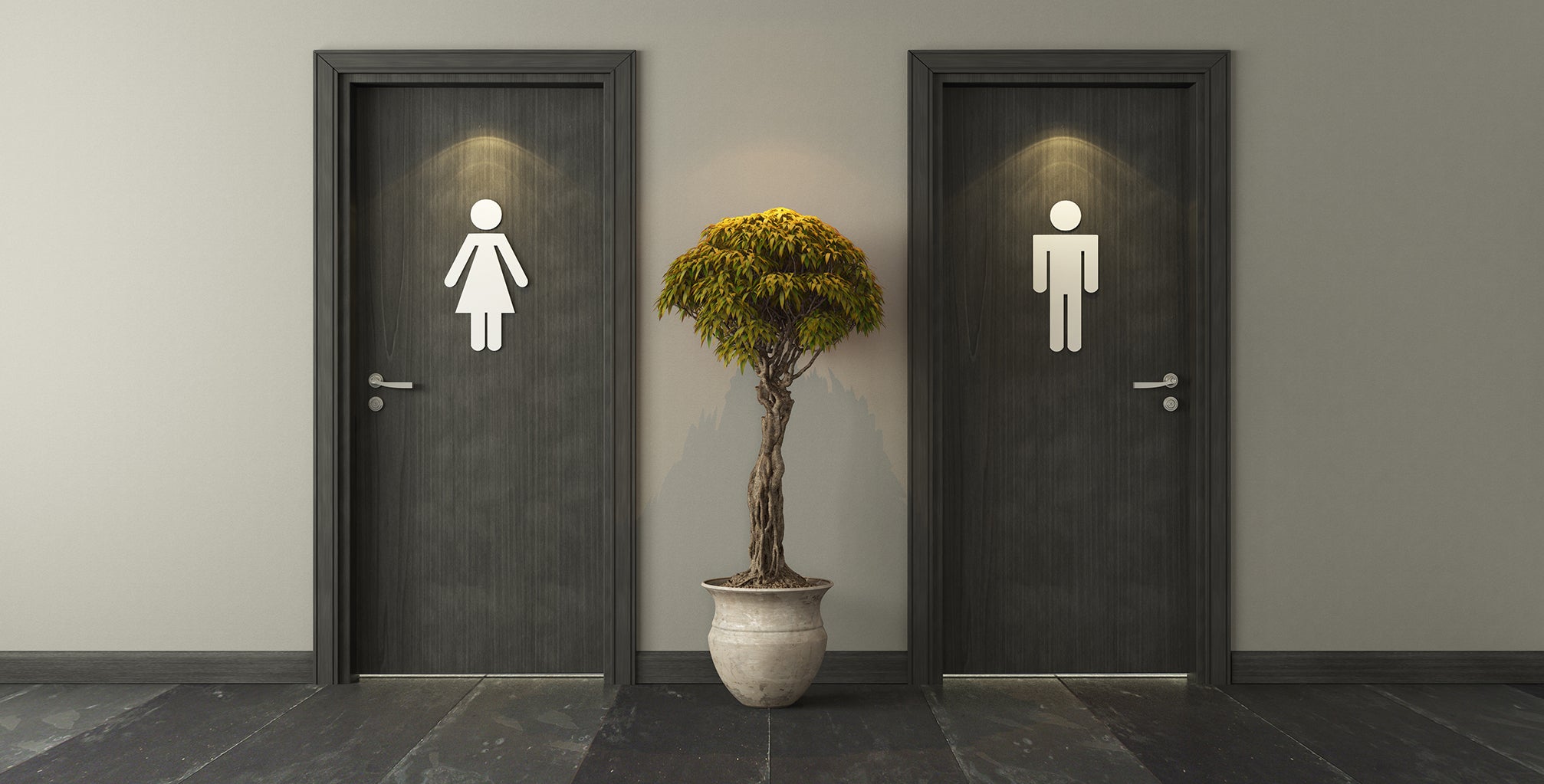Ever wondered how much time does a person spend on an average in the toilet or how many people in the world do not use toilets? Let’s find out some actual facts about the toilet and how and how unhygienic toilet conditions have affected the world.
Do You Know
- The average person spends 3 months of its life sitting on the toilet
- Computer keyboards can carry more than 200 times as many bacteria as a toilet seat.
- Around 20 % of the world population still defecate in the open as they don’t have access to toilets
- There's a toilet-themed restaurant in Taiwan, where food is served on miniature toilets.
- More people in the world have mobile phones than toilets
- Suppression of urination due to dirty toilets can lead to kidney and bladder diseases.
- The average toilet uses 6 liters of clean water in a single flush
- 2.6 billion people do not have access to even a basic toilet.
- Mobile phones have 18 times more bacteria than toilet handles.
- The average office desk has 400 times more bacteria than a toilet.
- The inhabitants of ancient Rome had a sewer goddess, a toilet god, and a god of excrement.
- The more features your phone has, the longer you spend in the toilet
- The world's oldest known "toilet" was used by dinosaurs 240 million years ago
- Pomegranates studded with cloves were used as the first attempt at making toilet air-freshener
- Lack of suitable toilets and sanitation kills approximately 1.8 million people a year, many of them children.
- The toilet handle in a public restroom can have up to 40,000 germs per square inch.
- Studies show that the first toilet in a public restroom is generally the cleanest.
- November 19 is World Toilet Day
- The most luxurious toilet in the world was made of pure gold. This 24-carat gold toilet existed in the Hall of Gold in Hong Kong.
- Falling off a toilet was the cause of death of King George II of Great Britain
- The first World Summit on Toilets was conducted in Singapore in 2001.
- The first time male and female toilets were separated was in Paris during a high-class party in 1739
- Bad public sanitation increases the risk of diarrhea, cholera, typhoid, trachoma and parasitic worms.
- Globally, around 2.4 million deaths could be prevented annually if everyone practiced appropriate hygiene and had good, reliable sanitation and drinking water.
We need to work towards providing a very basic requirement like toilets to all as they are a necessity and not a luxury and also keep them clean, safe and hygienic for use. A toilet seat sanitizer is a positive step towards the same for those who have access to the washrooms.
This blog was earlier published in October 2016 on SafteKart.com


































